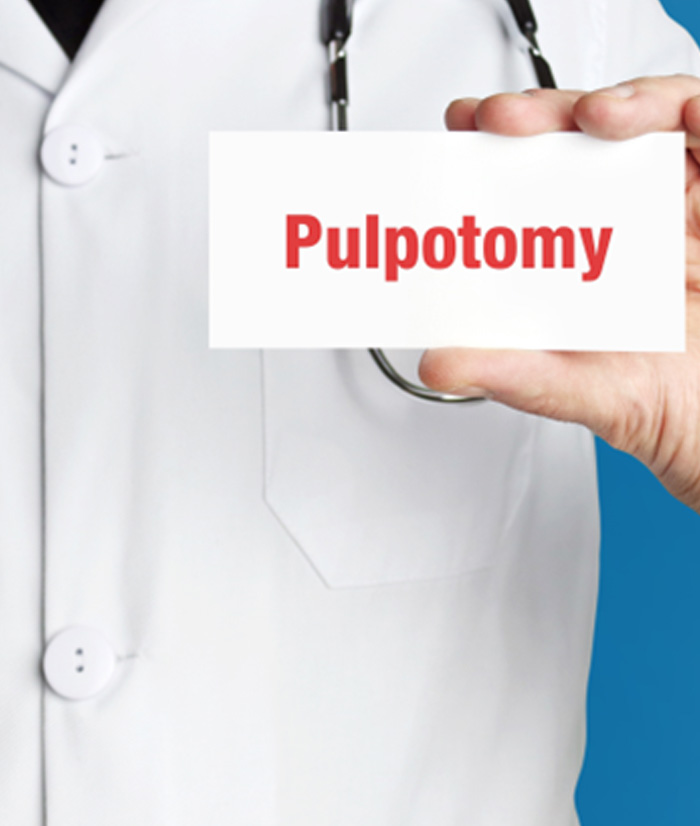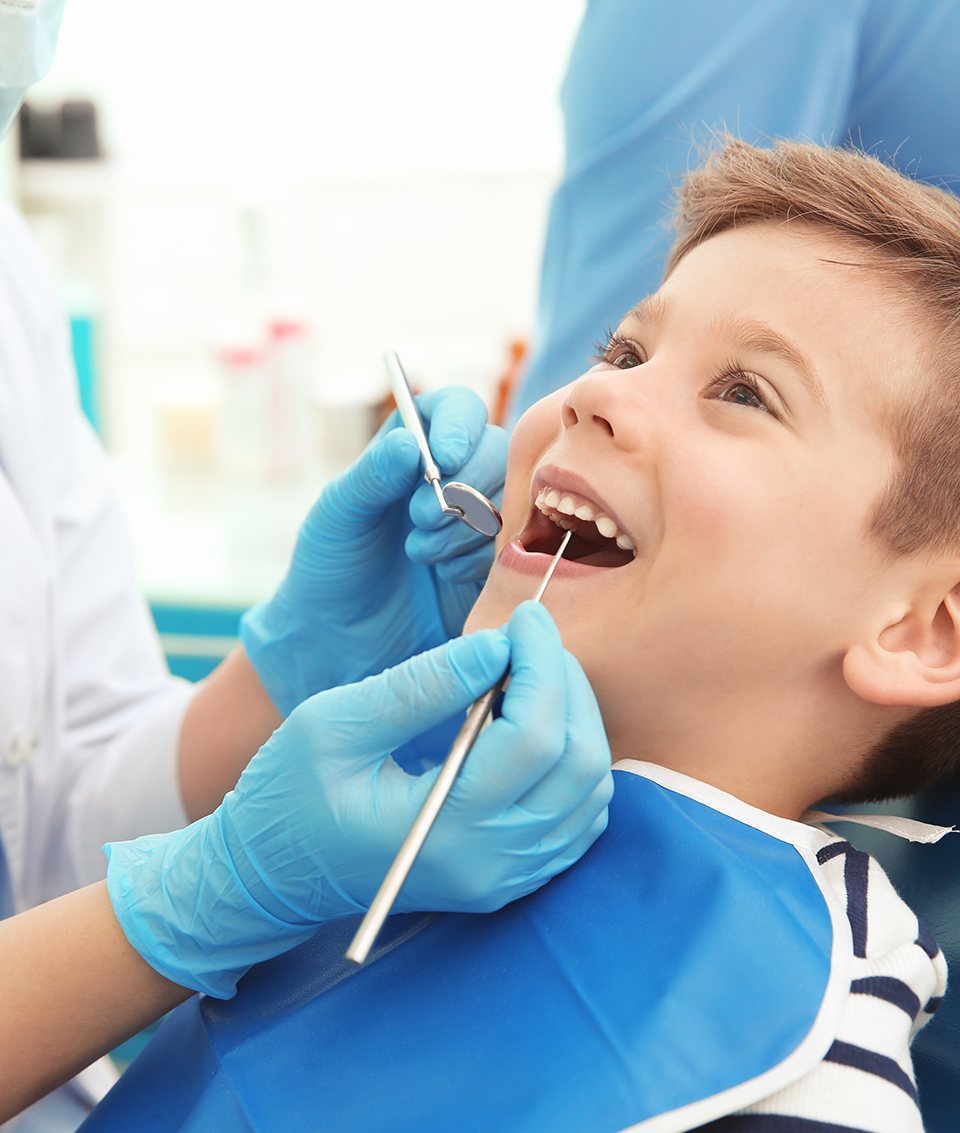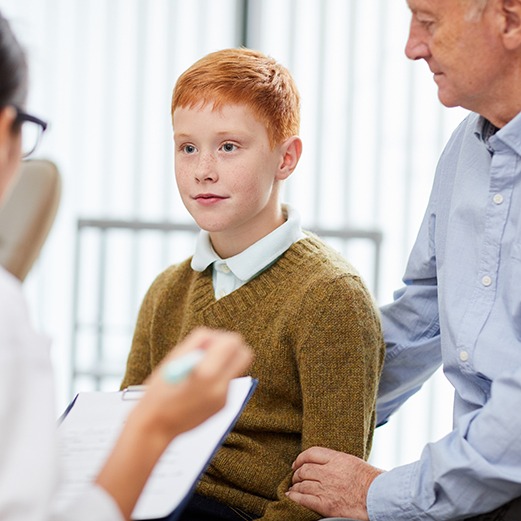
Pulp Therapy Papillion
Saving Damaged Teeth
Our team is deeply interested in your child’s oral health and development. We do not want them to be in pain or lose any of their (baby teeth or permanent teeth) prematurely! That is why we offer a number of restorative procedures, including pulp therapy in Papillion. This procedure has the potential to save damaged teeth and allow them to continue functioning. Read on below to learn more, or get in touch with us to request an evaluation for your child.
Why Choose Surf’s Up Pediatric dentistry for Pulp Therapy?
- Sedation Available for Nervous or Fearful Patients
- Gentle & Caring Dental Team
- Save Damaged Teeth and Prevent Extractions
Does My Child Need Pulp Therapy?

Our team can evaluate the condition of your child’s teeth and determine if they require pulp therapy. This treatment is designed to treat problems that afflict the pulp inside a tooth, which is the soft interior portion that contains nerves, blood vessels, and connective tissues.
Your child might benefit from pulp therapy if:
- They have a persistent toothache.
- One of their teeth is highly sensitive to temperature changes.
- There is visible damage to one of their teeth. For example, you might see a crack, chip, or small pit.
- There is redness or swelling around the affected tooth.
The Pulp Therapy Process

We try to make the pulp therapy process as easy as possible for our patients. That is why we start by numbing the area. We may also administer sedation in certain cases.
The specifics of pulp therapy depend on your child’s unique treatment plan. There are actually two types of pulp therapy:
- During a pulpotomy, we remove pulp from the top portion of the tooth (known as its crown). This procedure is often done on teeth that are still alive (they have blood flow and respond to temperature changes). A pulpotomy is usually done for baby teeth to preserve them until they fall out on their own.
- During a pulpectomy, the work is more extensive and is done for teeth that are no longer alive. We remove pulp from the entirety of a tooth, including its root canals. This procedure is similar to a traditional root canal, but it does not involve filling in the tooth afterward.
A crown may be necessary after either a pulpotomy or pulpectomy.
The Benefits of Getting Pulp Therapy

Pulp therapy may deliver several benefits for your child:
- It can prevent early loss of baby teeth, meaning that it can protect the development of your child’s jaw and incoming adult teeth. This may prevent future oral health complications and help you save money in the long run.
- It can end your child’s toothache, allowing them to chew without pain or discomfort. This supports proper nutrition. It may also reduce or eliminate the behavioral issues that can occur when a child is suffering from the pain of poor dental health.
- When pulp therapy is performed on a permanent tooth, the good results may last for many years.
Understanding the Cost of Pulp Therapy

The cost of your child’s pulp therapy in Papillion will depend on a number of factors that are unique to their situation. That’s why, after our team has had an opportunity to thoroughly evaluate their smile, we’ll create a treatment plan and take the time to walk you through the cost-related details. This will also include any dental insurance benefits that may apply so you know how much your out-of-pocket cost will be.
Factors That Can Affect the Cost of Pulp Therapy

Pulp therapy is typically required when severe decay or dental damage has compromised the inside of your child’s tooth, leading to an infection and even a painful toothache. Our team will collect diagnostic images, like X-rays, and ask questions to better understand your child’s symptoms. Based on our findings, some of the details that can impact the cost include:
- The location of the tooth involved
- How many diagnostic images are required
- Dental insurance coverage
- Whether your child needs to see an endodontic specialist for treatment
Is It Cheaper to Extract a Tooth?

While it may sound like an all-around less costly and more comfortable alternative to extract a tooth, our team only recommend extraction when a tooth is severely damaged or decayed beyond repair. This is because if your child’s tooth is removed prematurely, it can have an impact on the alignment of their permanent teeth due to shifting, as well as their speech development. In the end, while a tooth extraction may be slightly less costly than pulp therapy, it may not always be the best option.
Does Dental Insurance Cover Pulp Therapy?

In many cases, dental insurance for kids will cover up to 50 percent of the cost of pulp therapy. However, it’s important to keep in mind that the exact coverage will depend on your individual dental insurance plan. Our team at Surf’s Up Pediatric Dentistry is happy to accept most major dental insurance plans and maximize your benefits by filing claims on your behalf. If you have any questions about dental insurance coverage, never hesitate to ask our friendly front desk staff!
Options for Making Pulp Therapy More Affordable

If you’re concerned about paying for your child’s pulp therapy in Papillion, you’ll be glad to know that our practice partners with trusted third-party financier, CareCredit. After submitting a simple, short application, you can learn whether you qualify for financing, allowing you to split the overall cost into smaller, easy-to-manage monthly payments.
Root Canal FAQs
How Long Does It Take to Recover from Pulp Therapy?
The recovery time for pulp therapy differs from patient to patient, but many are able to return to school the day after their procedures. However, it may be best to have your child excused from gym class or athletic practice for a few days since intense physical exercise can interfere with the healing process. While your child’s mouth may be sore for up to a week or so, this can be managed with prescribed or over-the-counter pain medication. Feeding your diet a child of soft foods and instructing them to chew on the side of their mouth opposite to the surgical site can protect the treated tooth from stress, and it’s important for your child to be gentle when brushing and flossing. If your child’s discomfort persists or gets worse after about three days or if they experience signs of infection such as fever, fatigue, chills, or a foul taste in their mouth, call our Papillion office immediately.
How Much Pain Is Normal After Pulp Therapy?
While your child should experience no pain during their pulp therapy procedure, they may develop some discomfort and soreness in the days afterward. After the local anesthetic and sedation treatment have worn off, they will probably notice mild pain and sensitivity, but this should be temporary and easy to manage with prescribed or over-the-counter pain relievers. It’s best to refrain from feeding your child hard or chewy foods during the recovery period since these can stress the healing tooth. While this discomfort should begin to fade after about three days, call our office in Papillion right away if the pain seems to be getting worse.
Can My Child Eat Before Pulp Therapy?
If your child is receiving sedation during their pulp therapy, they may need to fast for a few hours beforehand to prevent the sedative from causing nausea. However, it’s usually recommended for a child to enjoy a healthy meal before thoroughly brushing their teeth a few hours before their procedure. Their mouth will be numb for a few hours after treatment, and this can make it difficult to eat.
Will My Child Need Antibiotics After Their Pulp Therapy?
Most patients will not need to take antibiotics before or after receiving pulp therapy. However, prescribing an antibiotic may be necessary if your child has a health condition that makes them more vulnerable to postoperative infections. Our dental team will be sure to thoroughly evaluate your child’s medical history before the procedure to determine if any additional medication will be necessary.
